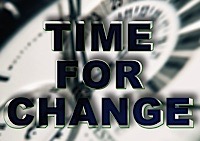
For years, I have patiently waited for innovation in educational technologies, otherwise known as edu tech. For a variety of reasons, the field simply didn’t take off in the last two decades.
But this decade, I think, it is showing signs of a real, exciting, renaissance. Whether it is in the massively open online courses like Khan Academy and MIT’s OCW or edX, or various tablet and smartphone applications that are enriching the field, we’re seeing serious, high velocity action.
Today I would like to introduce you to three startups that have started showing good traction.
Avaz
In 2008, Ajit Narayanan, based in Chennai, India, was approached by Vidya Sagar, an Indian NGO focusing on children with special needs, and asked to design an assistive technology device that would address the marked absence of tools for children with the inability to speak (non-verbal children). In 2009, the Avaz tablet was born.





















